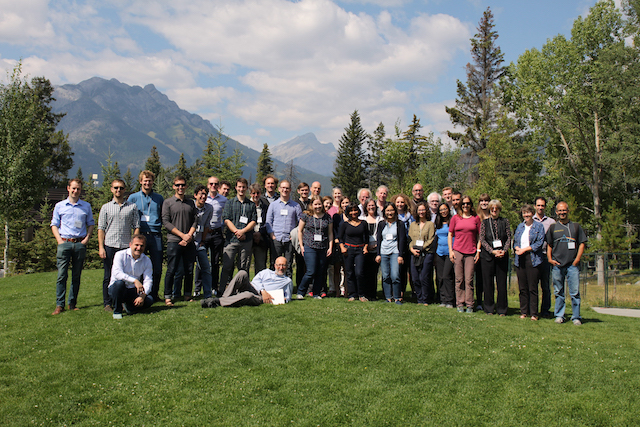As biology enters the quantitative era, mathematics is playing an increasingly important role in revealing underlying principles of life. This is especially true for the cell, the fundamental unit of living systems. BIRS has played a foundational role in the development of what has become known as Mathematical Biology of the Cell, by hosting regular workshops that have helped reveal principles behind how cells move (including how immune cells patrol our bodies and how cancer cells spread), how cells polarize (forming a distinct front and rear) and how genes, biochemistry and forces come together in these living machines. A new layer of questions concerns how cells receive and process information from other cells and from their surroundings. This phenomenon, called cell signaling, is important for fundamental science but also for medicine, since new methods, including cancer immunotherapy, attempt to tune cell signaling to combat disease. A mathematical understanding of cell signaling also presents the opportunity to discover new deep mathematical concepts, particularly because it involves chemistry and physics acting across length-scales, from molecules to tissues and organs. To that end, we are gathering researchers who study cell signaling in immune cells, cancer cells and stem cells during healthy development, among other, using cutting-edge experimental techniques and mathematical methods.
The Banff International Research Station for Mathematical Innovation and Discovery (BIRS) is a collaborative Canada-US-Mexico venture that provides an environment for creative interaction as well as the exchange of ideas, knowledge, and methods within the Mathematical Sciences, with related disciplines and with industry. The research station is located at The Banff Centre in Alberta and is supported by Canada's Natural Science and Engineering Research Council (NSERC), the U.S. National Science Foundation (NSF), Alberta's Advanced Education and Technology, and Mexico's Consejo Nacional de Ciencia y Tecnología (CONACYT).






